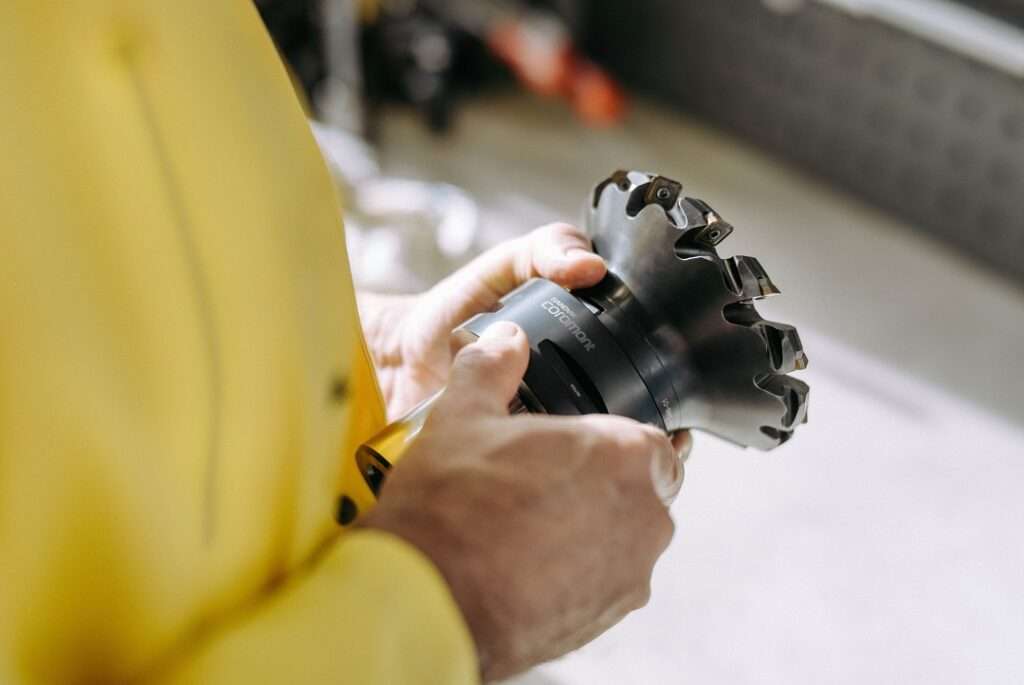India and the United States have agreed to move forward with key co-production initiatives, including the production of the GE F-414 jet engines, which are intended to power the Tejas Mk-2 aircraft, as well as the manufacturing of Stryker-armoured infantry combat vehicles, unmanned platforms, and munitions under the US-India Roadmap for Defence Industrial Cooperation.
This bilateral advancement was reached during a meeting between India’s Defence Minister Rajnath Singh and U.S. Secretary of Defense Lloyd J. Austin at the Pentagon on Friday. According to a readout from the U.S. Department of Defense (DoD), both leaders deepened discussions on expanding cooperation in the undersea and space domains and expressed support for the ongoing implementation of the India-U.S.
Defence Acceleration Ecosystem (INDUS-X), which is scheduled to hold its third summit in Silicon Valley this September. The U.S. Defense Security Cooperation Agency emphasized that the proposed initiatives would bolster the foreign policy and national security objectives of the United States by enhancing the strategic relationship with India.
Earlier, the two nations had endorsed a commercial agreement between General Electric (GE) Aerospace and India’s defence public sector unit, Hindustan Aeronautics Limited (HAL), to manufacture GE F-414 turbofan jet engines within India. During ongoing negotiations, GE has insisted on retaining the intellectual property rights (IPR) associated with these engines.
Additionally, the co-production of Stryker-armoured infantry combat vehicles in India has been agreed upon, although specific details are still under discussion. Before Minister Singh’s visit, sources indicated that he would address the delay in the delivery of GE F-404 engines to HAL, which are required for fitting into the LCA Mk-1A aircraft for acquisition by the Indian Air Force (IAF).
Singh is also anticipated to finalize the procurement of 31 MQ-9B Predator drones for India’s armed forces. In a statement released by India’s Ministry of Defence (MoD), it was noted that Minister Singh and Secretary Austin engaged in comprehensive discussions on a range of issues, including bilateral defence cooperation, industrial collaboration, regional security, and various international matters.
The two sides also signed a Memorandum of Agreement. During the meeting, Singh underscored the various opportunities for co-development and co-production in India, particularly in the sectors outlined in the India-U.S. Defence Industrial Cooperation Roadmap, which was adopted last year.
The MoD statement highlighted that both sides expressed satisfaction with the finalization of the Security of Supplies Arrangement (SOSA) between India and the United States. The SOSA, which was signed in Washington, D.C., during Singh’s visit, aims to encourage collaboration between the defence industrial ecosystems of both nations and to enhance the resilience of supply chains.
Furthermore, the two leaders welcomed the signing of another Memorandum of Agreement concerning the Deployment of Liaison Officers between India and the United States. As part of this agreement, India will deploy its first Liaison Officer to the Headquarters of the Special Operations Command in Florida, USA.
According to the U.S. DoD, Secretary Austin commended the Indian Navy’s substantial contributions to maintaining freedom of navigation and regional security through its involvement in the Combined Maritime Forces. He also welcomed India’s forthcoming leadership role in the Combined Task Force 150 in 2025.
The meeting also included a review of mutual efforts through the Indo-Pacific Maritime Domain Awareness Initiative, which aims to provide Indian Ocean Region partners with unclassified commercial satellite data to improve maritime security and the ability to detect illicit activities.
During his visit to Washington, D.C., Defence Minister Singh also held discussions with U.S. National Security Advisor Jake Sullivan at the White House, focusing on the evolving geopolitical landscape and key regional security issues. They also explored ongoing defence industrial collaboration projects and identified potential areas for future cooperation between the defence industries of both nations.
Additionally, Singh engaged with senior leaders from the U.S. defence industry at a roundtable organized by the U.S.-India Strategic Partnership Forum in Washington, D.C. He emphasized that India is open to U.S. investment and technology collaboration, highlighting the country’s skilled human resources, pro-FDI and pro-business environment, and large domestic market.







